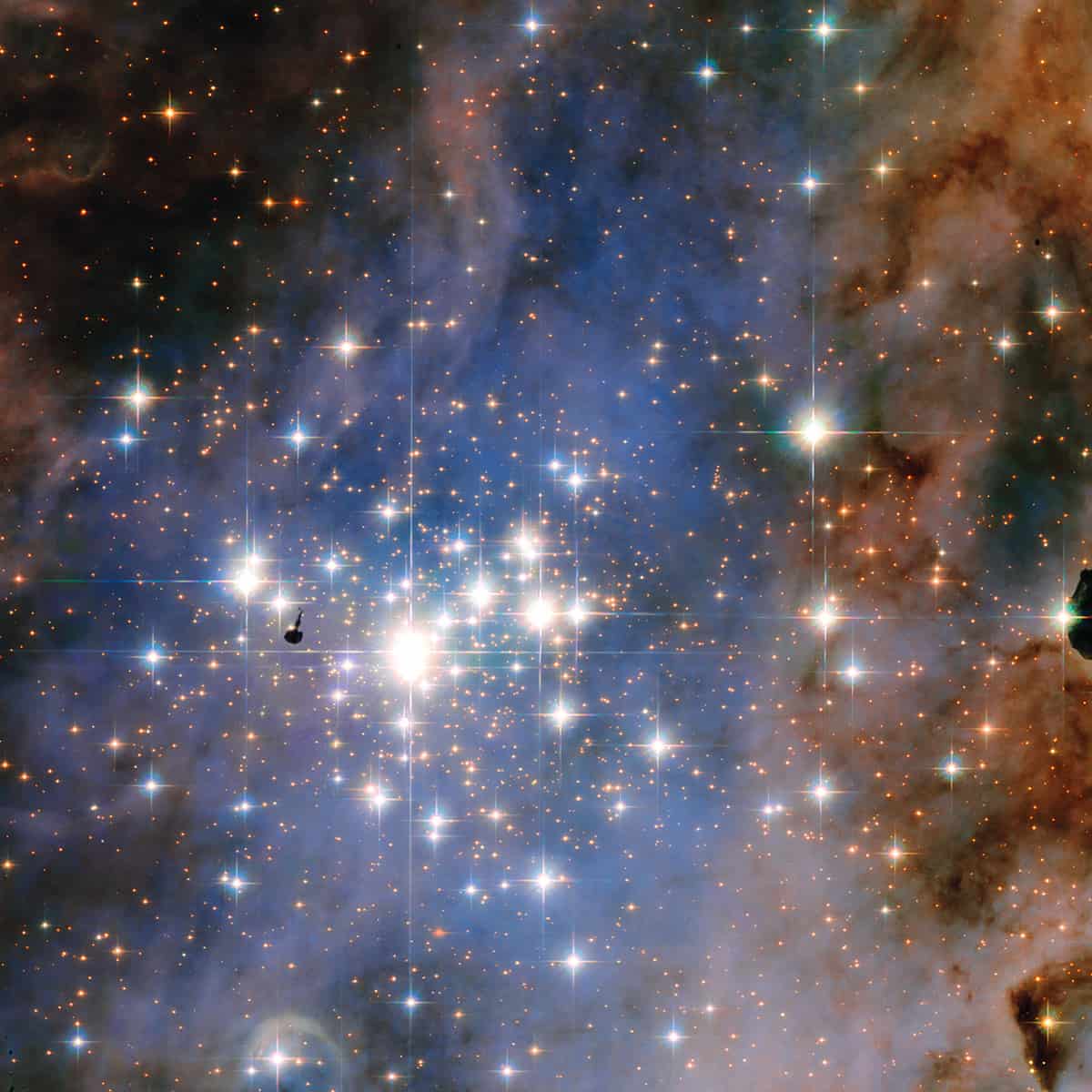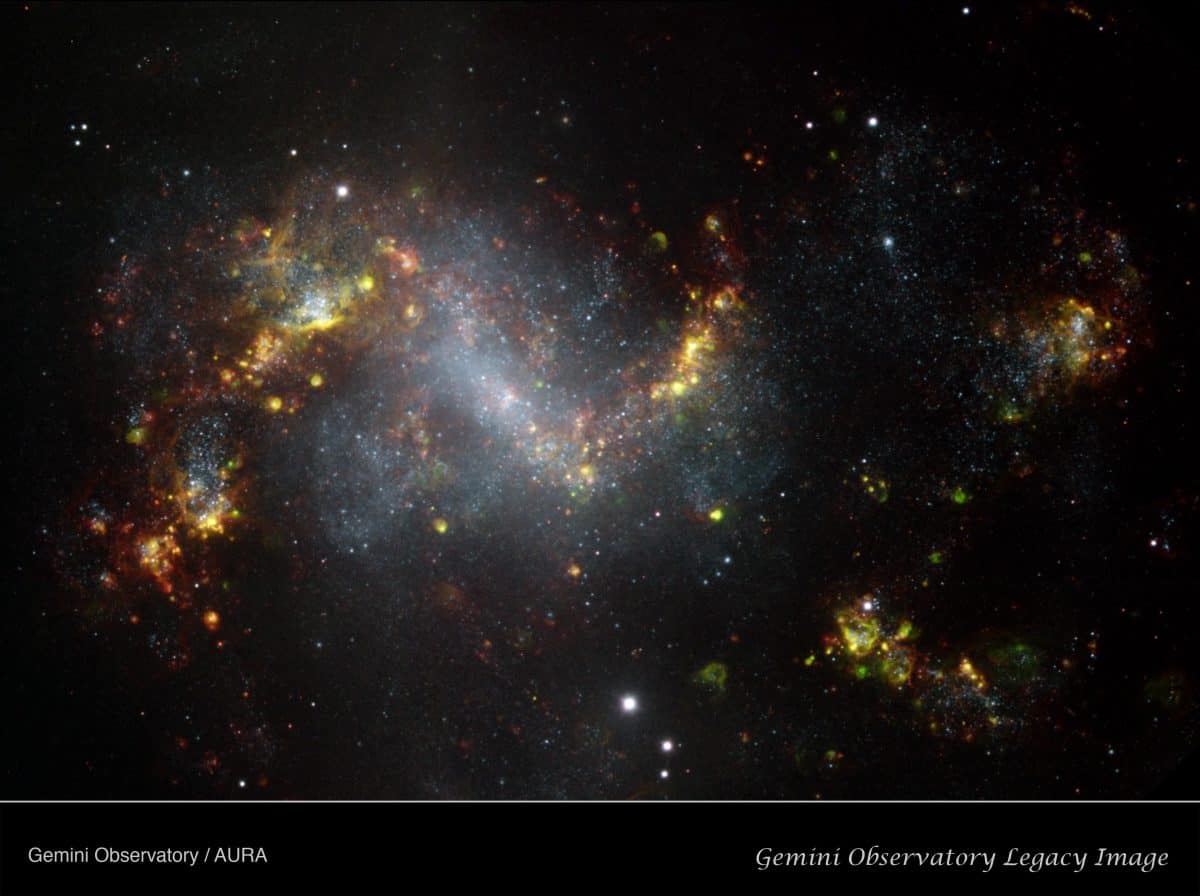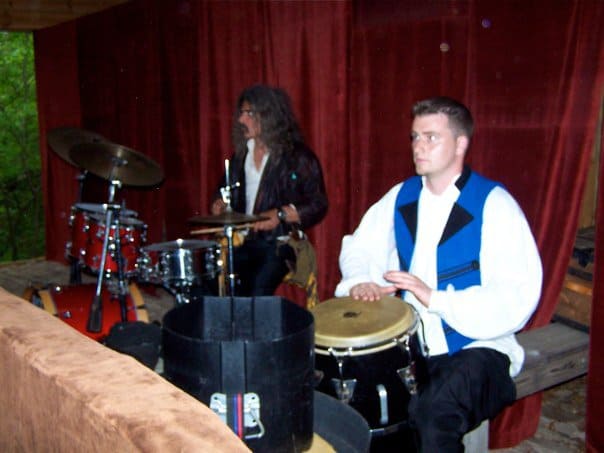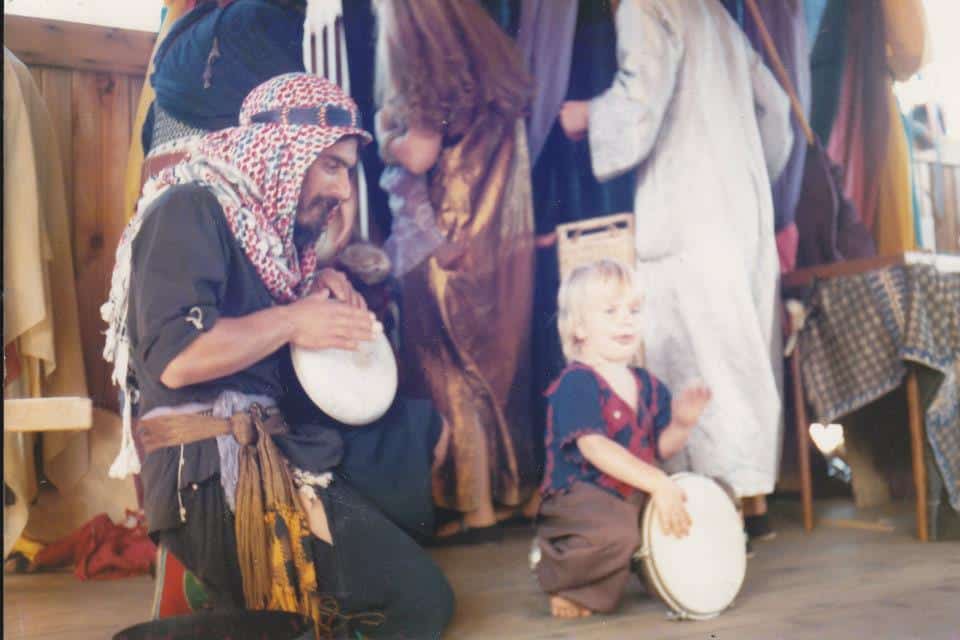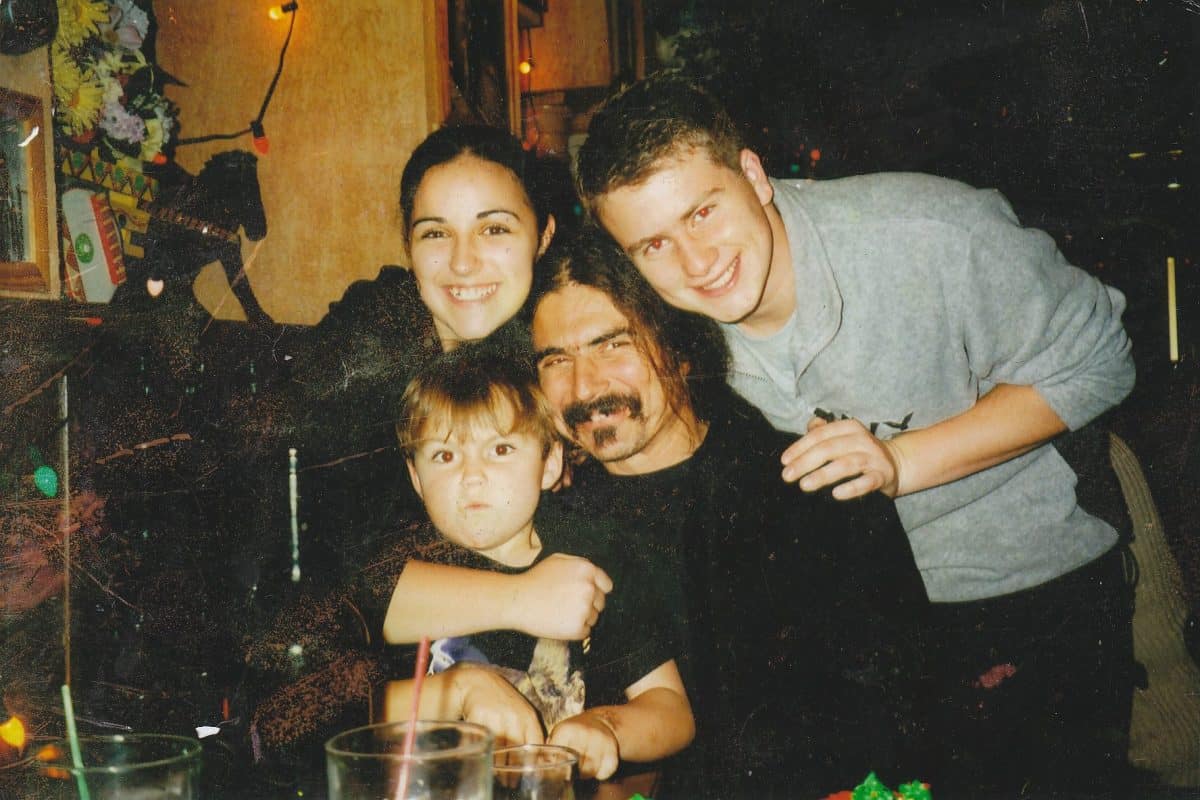Blog
Dave Holland (born 1 October 1946) is an English jazz double bassist, composer and bandleader who has been performing and recording for five decades. He has lived in the United States for over 40 years.
His work ranges from pieces for solo performance to big band. Holland runs his own independent record label, Dare2, which he launched in 2005. He has explained his musical philosophy by quoting fellow jazz artist Sam Rivers: “Sam said, ‘Don’t leave anything out – play all of it.'”
Holland has played with some of the greatest names in jazz, and has participated in several classic recording sessions.
more...Albert Gene Drewery, known as Albert Collins and the Ice Man (October 1, 1932 – November 24, 1993), was an American electric blues guitarist and singer with a distinctive guitar style. He was noted for his powerful playing and his use of altered tunings and a capo. His long association with the Fender Telecaster led to the title “The Master of the Telecaster”.
Collins was born in Leona, Texas, on October 1, 1932. He was introduced to the guitar at an early age by his cousin Lightnin’ Hopkins, also a Leona resident, who played at family gatherings.
more...The Awá, or Guajá, are an indigenous people of Brazil living in the eastern Amazon rainforest. There are approximately 350 members, and 100 of them have no contact with the outside world. They are considered highly endangered because of conflicts with logging interests in their territory.
They speak Guajá, a Tupi–Guaraní language. Originally living in settlements, they adopted a nomadic lifestyle around 1800 to escape incursions by Europeans. During the 19th century, they came under increasing attack by settlers in the region, who cleared most of the forests from their land.
more...Resembling an opulent diamond tapestry, this image from NASA’s Hubble Space Telescope shows a glittering star cluster that contains a collection of some of the brightest stars seen in our Milky Way galaxy. Called Trumpler 14, it is located 8,000 light-years away in the Carina Nebula, a huge star-formation region. Because the cluster is only 500,000 years old, it has one of the highest concentrations of massive, luminous stars in the entire Milky Way. (The small, dark knot left of center is a nodule of gas laced with dust, and seen in silhouette.)
Diamonds are forever, but these blue-white stars are not. They are burning their hydrogen fuel so ferociously they will explode as supernovae in just a few million years. The combination of outflowing stellar “winds” and, ultimately, supernova blast waves will carve out cavities in nearby clouds of gas and dust. These fireworks will kick-start the beginning of a new generation of stars in an ongoing cycle of star birth and death.
This composite image of Trumpler 14 was made with data taken in 2005-2006 with Hubble’s Advanced Camera for Surveys. Blue, visible, and infrared broadband filters combine with filters that isolate hydrogen and nitrogen emission from the glowing gas surrounding the open cluster.
more...Oscar Pettiford (September 30, 1922 – September 8, 1960) was an American jazz double bassist, cellist and composer. He was one of the earliest musicians to work in the bebop idiom.
Pettiford was born at Okmulgee, Oklahoma. His mother was Choctaw, and his father was half Cherokee and half African American.
He grew up playing in the family band in which he sang and danced before switching to piano at the age of 12, then to double bass when he was 14. He is quoted as saying he did not like the way people were playing the bass so he developed his own way of playing it. Despite being admired by the likes of Milt Hinton at the age of 14, he gave up in 1941 as he did not believe he could make a living. Five months later, he once again met Hinton, who persuaded him to return to music.
In 1942 he joined the Charlie Barnet band and in 1943 gained wider public attention after recording with Coleman Hawkins on his “The Man I Love“. Pettiford also recorded with Earl Hines and Ben Webster around this time. After he moved to New York, he was one of the musicians (together with Dizzy Gillespie, Thelonious Monk, Kenny Clarke) who in the early 1940s jammed at Minton’s Playhouse, where the music style developed that later was called bebop. He and Dizzy Gillespie led a bop group in 1943. In 1945 Pettiford went with Hawkins to California, where he appeared in The Crimson Canary, a mystery movie known for its jazz soundtrack, which also featured Josh White. He then worked with Duke Ellington from 1945 to 1948 and for Woody Herman in 1949 before working mainly as a leader in the 1950s.
https://www.youtube.com/watch?v=yyn0DklEN20
more...
Bernard “Buddy” Rich (September 30, 1917 – April 2, 1987) was an American jazz drummer and bandleader. He is widely considered one of the most influential drummers of all time and was known for his virtuoso technique, power and speed. Rich performed with many bandleaders, most notably Tommy Dorsey, Harry James and Count Basie, and later led his own big band.
Rich was born in Sheepshead Bay, Brooklyn to Jewish-American parents Bess (née Skolnik) and Robert Rich, both vaudevillians. His talent for rhythm was first noted by his father, who saw that Rich could keep a steady beat with spoons at the age of one. He began playing drums in vaudeville when he was 8 years old, billed as “Baby Traps the Drum Wonder”. At the peak of his childhood career, he was the second-highest paid child entertainer in the world after Jackie Coogan.
In addition to Tommy Dorsey (1939–42, 1945, 1954–55), Rich also played with Benny Carter (1942), Harry James (1953–56–62, 1964, 1965), Les Brown, Charlie Ventura, and Jazz at the Philharmonic. He led his own band and performed with all-star groups, including Charlie Parker and his Orchestra, featuring Dizzy Gillespie and Thelonious Monk (on the 1950 album Bird and Diz). In the early ’50s, Rich again played with Dorsey and began to perform with trumpeter Harry James, an association which lasted until 1966. That year, Rich left James to develop a new big band. From 1966 until his death, he led successful big bands in an era when the popularity of big bands had waned from their 1930s and 1940s peak. In this later period, Rich continued to play clubs, but stated in multiple interviews that the majority of his big bands’ performances were at high schools, colleges, and universities, with club performances to a lesser degree. Rich also served as the session drummer for many recordings, where his playing was often more understated than in his big-band performances. Especially notable were Rich’s sessions for Ella Fitzgerald and Louis Armstrong, on which he worked with pianist Oscar Petersonand his famous trio featuring bassist Ray Brown and guitarist Herb Ellis.
more...https://www.youtube.com/watch?v=_1zzDvtu9lY
more...NGC 1313 (also known as the Topsy Turvy Galaxy) is a field galaxy and a barred spiral galaxy discovered by the Scottish astronomerJames Dunlop on 27 September 1826. It has a diameter of about 50,000 light-years, or about half the size of the Milky Way.
NGC 1313 lies within the Virgo Supercluster.
NGC 1313 has a strikingly uneven shape and its axis of rotation is not exactly in its centre. NGC 1313 also shows strong starburst activity[9]and associated supershells. NGC 1313 is dominated by scattered patches of intense star formation, which gives the galaxy a rather ragged appearance. The uneven shape, the ragged appearance and the strong starburst can all be explained by a galactic collision in the past.However, NGC 1313 seems to be an isolated galaxy and has no direct neighbours. Therefore, it is not clear whether it has swallowed a small companion in its past.
Observations has shown that young, blue stars are scattered across the galaxy. This is evidence of infant mortality in which the young open clusters quickly became gravitationally “unglued” and scattered their resident stars into the galaxy. The galaxy bears some resemblance to the Magellanic Clouds and hosts two ultraluminous X-ray sources, called NGC 1313 X-1 and X-2. The former is a rare intermediate-mass black hole.
more...
Jean-Luc Ponty (born 29 September 1942) is a French jazz violinist and composer.
Ponty was born into a family of classical musicians on 29 September 1942 in Avranches, France. His father taught violin, his mother taught piano. At sixteen, he was admitted to the Conservatoire National Supérieur de Musique de Paris, graduating two years later with the institution’s highest honor, Premier Prix (first prize). In turn, he was immediately hired by one of the major symphony orchestras, Concerts Lamoureux, in which he played for three years.
At first, the violin proved to be a handicap; few at the time viewed the instrument as having a legitimate place in the modern jazz vocabulary. With a powerful sound that eschewed vibrato, Ponty distinguished himself with be-bop-era phrasings and a punchy style influenced more by horn players than by anything previously tried on the violin; no one had yet heard anything quite like Ponty’s playing. Critics said then that he was the first jazz violinist to be as exciting as a saxophonist.[citation needed] Ponty’s notoriety grew by leaps and in 1964 at age 22 he released his debut solo albumfor Philips, Jazz Long Playing. Then a 1966 live album called Violin Summit united Ponty playing live in Basel, Switzerland on stage with such notable string players as Svend Asmussen, Stéphane Grappelli and Stuff Smith.
John Lewis of The Modern Jazz Quartet invited Ponty to perform at the Monterey Jazz Festival in 1967, which led to a U.S. recording contract with the World Pacific label and the albums Electric Connection with the Gerald Wilson Big Band and Jean-Luc Ponty Experience with the George Duke Trio. That year also brought Sunday Walk, the first collaboration between Niels-Henning Orsted Pedersen and Ponty. Through the late 60s and early 70s and throughout jazz-loving Europe, Ponty achieved mounting critical praise and ongoing popularity.
more...Jerry Lee Lewis (born September 29, 1935 Ferriday, LA) is an American singer-songwriter, musician, and pianist, often known by his nickname, The Killer. He has been described as “rock & roll’s first great wild man.”
A pioneer of rock and roll and rockabilly music, Lewis made his first recordings in 1956 at Sun Records in Memphis. “Crazy Arms” sold 300,000 copies in the South, but it was his 1957 hit “Whole Lotta Shakin’ Goin’ On” that shot Lewis to fame worldwide. He followed this with “Great Balls of Fire“, “Breathless” and “High School Confidential“. However, Lewis’s rock and roll career faltered in the wake of his marriage to his 13-year-old cousin.
He had minimal success in the charts following the scandal, and his popularity quickly eroded. His live performance fees plummeted from $10,000 per night to $250. In the meantime he was determined to gain back some of his popularity. In the early 1960s, he did not have much chart success, with few exceptions, such as a remake of Ray Charles‘s “What’d I Say“. His live performances at this time were increasingly wild and energetic. His 1964 live album Live at the Star Club, Hamburg is regarded by music journalists and fans as one of the wildest and greatest live rock albums ever.[6][7][8][9][10] In 1968, Lewis made a transition into country music and had hits with songs such as “Another Place, Another Time“. This reignited his career, and throughout the late 1960s and 1970s he regularly topped the country-western charts; throughout his seven-decade career, Lewis has had 30 songs reach the top 10 on the “Billboard Country and Western Chart“. His No. 1 country hits included “To Make Love Sweeter for You“, “There Must Be More to Love Than This“, “Would You Take Another Chance on Me“, and “Me and Bobby McGee“.
more...Djelimady Tounkara was the lead guitarist in the super rail band, Mali’s other standout Dance band of the 1970s and 1980s, with Manfila Kante’s cousin, Mory Kante as their front man, after Salif Keita had left to join Les Ambassadeurs Internationaux. Another creative and innovative guitarist, he similarly translated lines that could be played on the balafon to his electric guitar.
more...Happy Birthday Mario 9-28-83 my first child.
Performing at the Chippewa Valley Renaissance Festival with Dad in 2010, Mn Renaissance 1988, Dads birthday dinner at Boca Italiano 2001!
more...
Performing for Shabbat for the Soul Service at Mt Zion Temple St Paul, MN Friday 9-28-18 730pm
more...More Posts
- The Cosmos with IC 2631
- George Russell Day
- Milt Hinton Day
- World Music with Mustapha Tettey Addy
- Daily Roots with Turbulence
- The Cosmos with NGC 4565
- Kris Kristofferson Day
- Ray Mantilla Day
- Cal Green Day
- World Music with ESTRELLA MORENTE
- Daily Roots with Sizzla
- The Cosmos with NGC 5426/27
- Eric Reed Day
- Lalo Schifrin
- Skip James Day
- World Music with Alekos K. Vretos
- Daily Roots with Ijahman Levy
- The Cosmos with M16
- Eric Dolphy Day
- Lazy Lester Day

